CAUSING A RACKET: Three young Black tennis players on their experience with the sport

CAUSING A RACKET, a mini-doc by GUAP.
We look into three young black tennis players’ experiences with the sport.
The success of young players such as Naomi Osaka and Emma Raducanu in the last two years led us to ask where the young Black British players are?
In this editorial, we asked our talent what it was like for them as tennis players in the UK who had ambitions of getting to a professional level. The stories highlighted the racial bias and discrimination inherent in tennis and the difference in how male and female players experienced these issues.
The origins of tennis in England go back to the 1870s when the English adopted it from the French game jeu de paume. Tennis quickly took over croquet as the most popular sport in England upon its arrival, partly because Croquet clubs had acres of manicured lawns to play tennis on, giving way to the name Lawn Tennis. Up until 1884, tennis was a man’s sport when it came to playing tournaments at Wimbledon. However, at the Croquet clubs, women could enjoy the sport and play alongside the men.
The exclusive and leisurely culture around the sport belonged to upper-middle-class and upper-class white people, which was reinforced by how they dressed to play the sport. Women wore corsets and long kilt skirts. The men wore white flannel trousers, blazers, hats, and ties, which defined the early tennis dress codes.
Over time, tennis for women became a genteel leisure time activity. Their attire started to draw from lawn dresses made from cotton and linen, decorated with embroidered patterns and lace inserts.
By the late 1800s, a more uniform dress style developed, taking influence from cricket clothing and lawn dresses, producing the sartorial all-white sportswear we now associate with tennis. The white was practical – its function was to hide sweat which was considered unsightly and signified values such as purity and virtue.
From prioritising form over function, tennis dressing shifted to enhance the player’s performance. This turn came about in 1887 when young tennis player Charlotte Dod wore a calf-length white dress to play at Wimbledon, clothing that was more effective than the restrictive corset and long layered gowns that older women typically wore. At 15, Charlotte Dod won her first tennis match playing at Wimbledon.
In 1919, Suzanne Lenglen took it a step further by wearing a calf-length skirt and short sleeves to play at Wimbledon.
A new wave of men’s tennis style was led by tennis player René Lacoste when he designed and wore a new type of functional polo shirt with short sleeves and an unstarched collar that was unlike the long-sleeved, button-up polos of the time. His love of crocodile suitcases earned him the nickname “The Alligator”, inspiring him to iron a crocodile motif onto his polos, pioneering the idea of branding. In the ’50s, Fred Perry innovated on Lacoste’s invention by stitching on a logo instead.
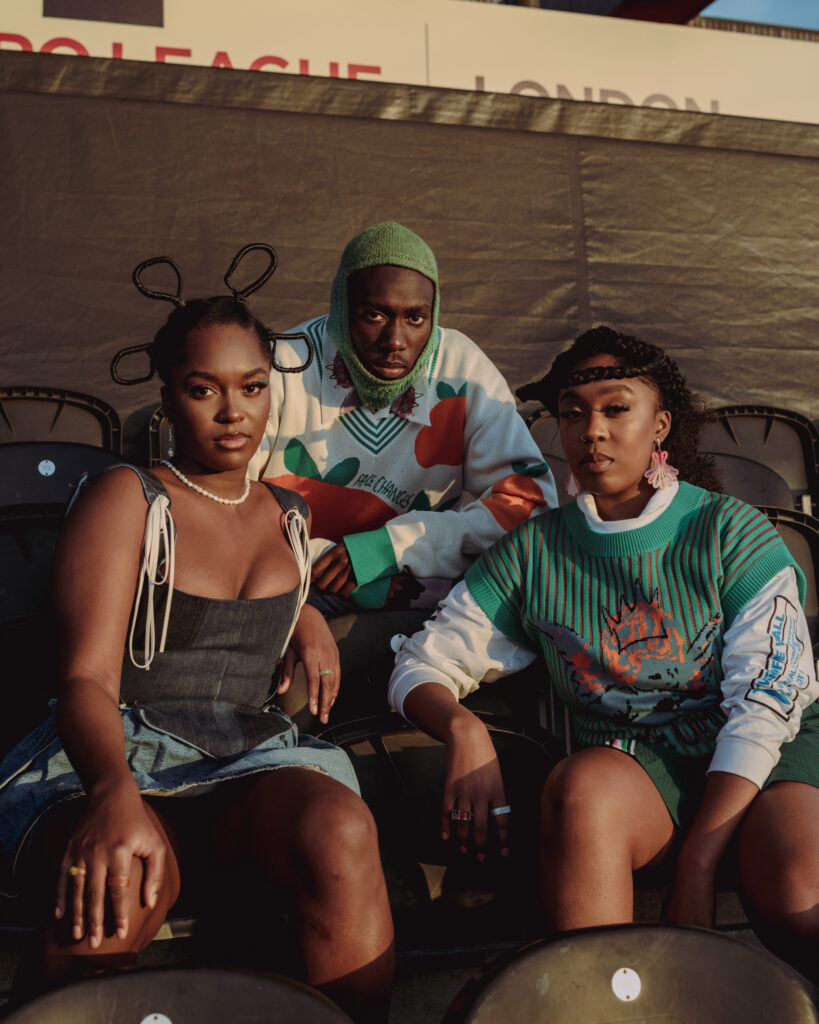
The strict rules around dressing fed into the fact that tennis was an exclusively upper-class sport, deterring people who were lower-class and not white away from the sport. Today attitudes towards tennis attire are more relaxed at major tennis tournaments. This change came around the 20th century as coloured television led to colourful adverts to attract new spectators to the sport. Unfortunately, Wimbledon has remained stuck in their vanilla ways, upholding the traditional status quo that includes discriminatory attitudes towards players that are not white.
In the 1950s, legendary African American tennis player Althea Gibson had many firsts. The first Black tennis player to enter the national grass-court championship tournament at Forest Hills in Queens, New York (1950). The first Black person to win a grand slam title (1956). The first Black player to win the singles championships at Wimbledon (1957-98). Her dominating run in the 50s opened the door for African American tennis players like Serena and Venus Williams, Sloane Stephens and Naomi Osaka.
Yet, a search for ‘Black British female tennis players’ brings up only one name, Heather Miriam Watson, mixed race. When you search ‘Black British male tennis players, two people come up Jay Clarke and Paul Jubb.
The lack of visibility of Black tennis players in the UK would lead you to believe that Black Britain are not interested in playing tennis. But this isn’t true; you just haven’t met them yet.
Introducing…
Zainab Williams
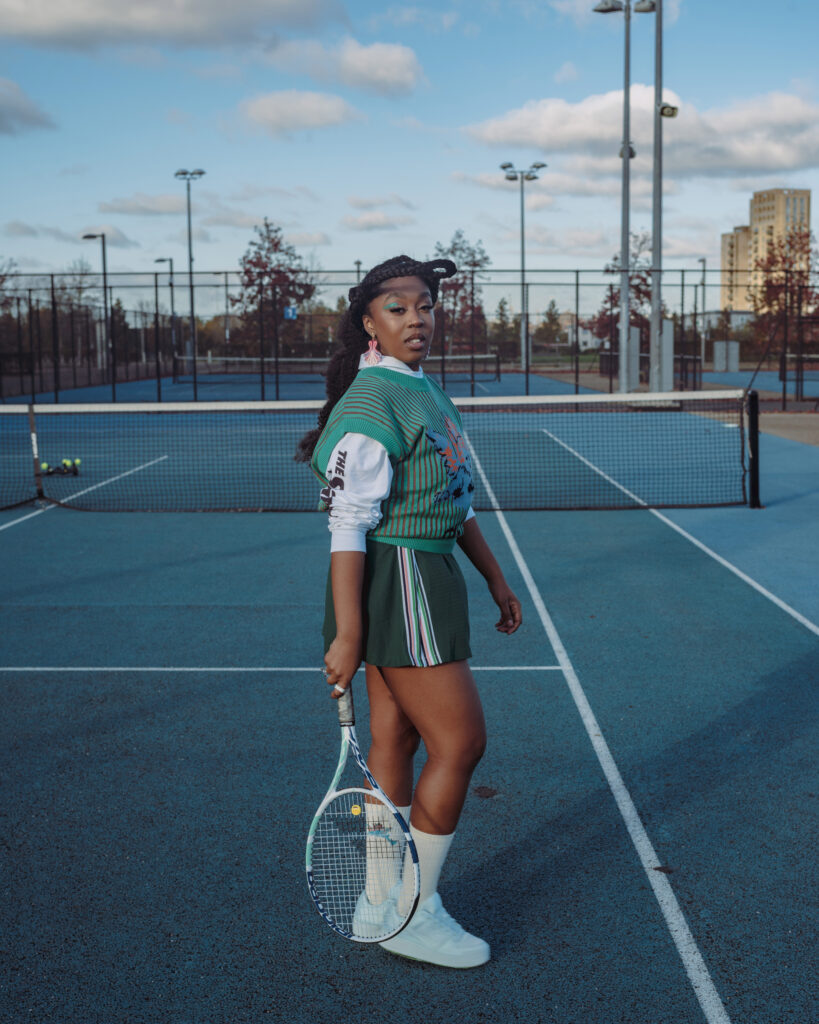

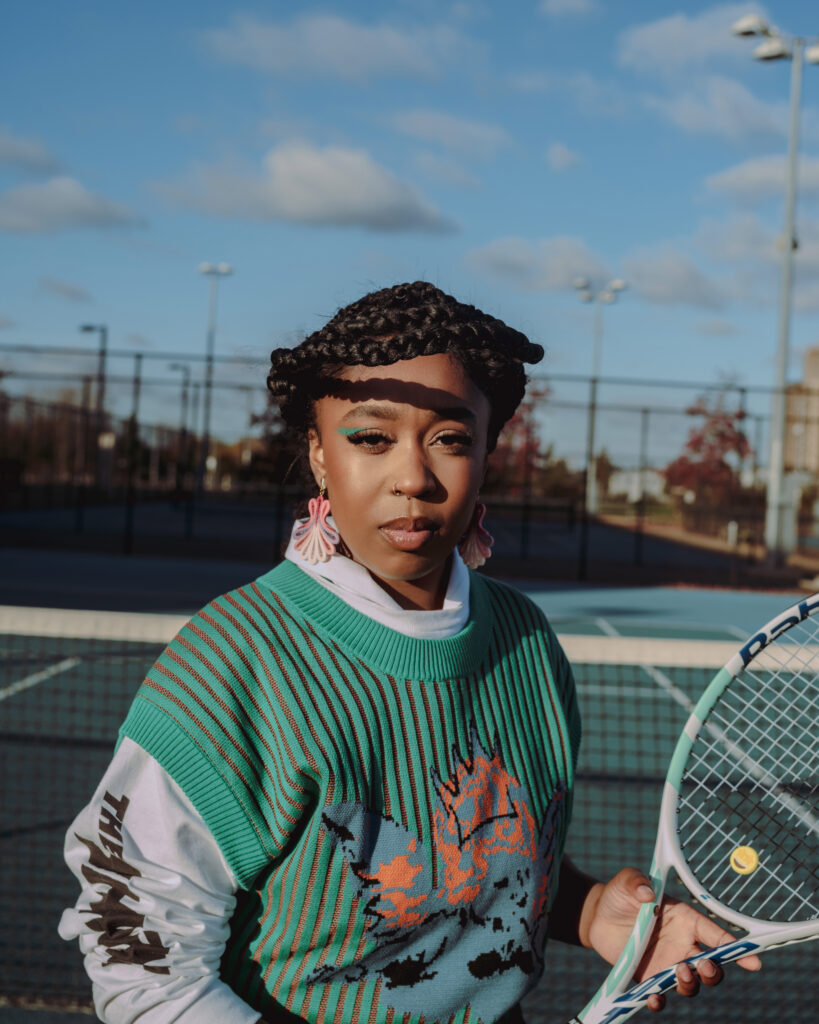
Maryam Williams

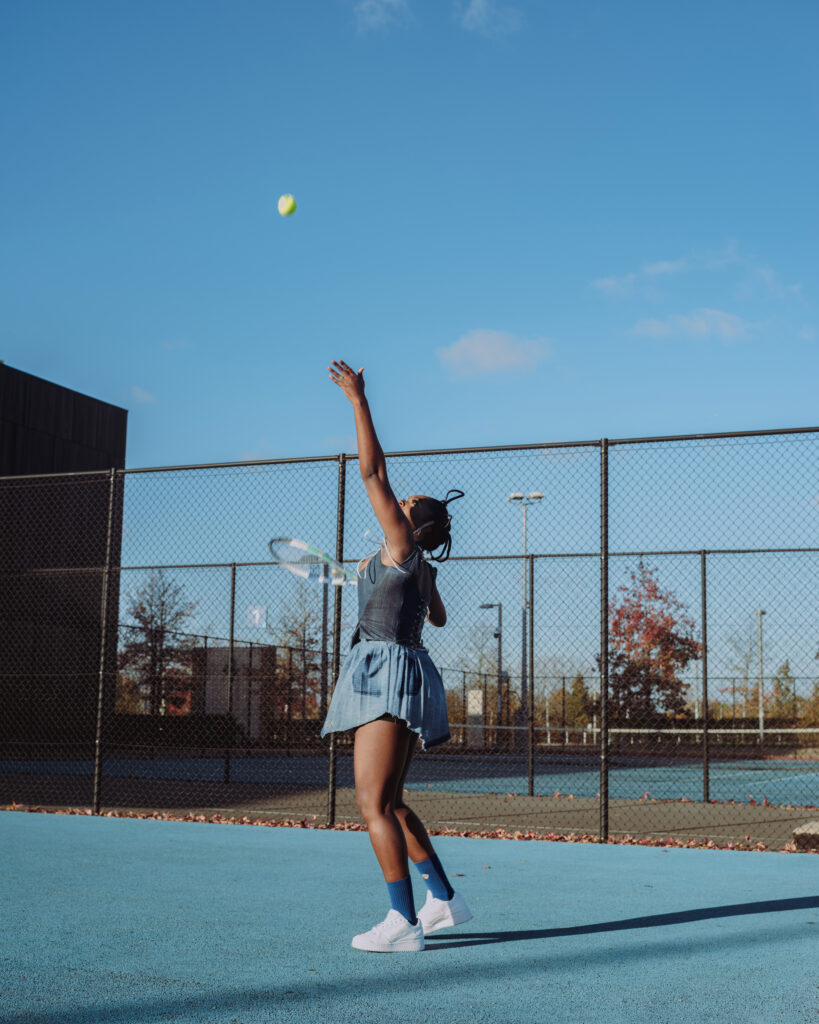
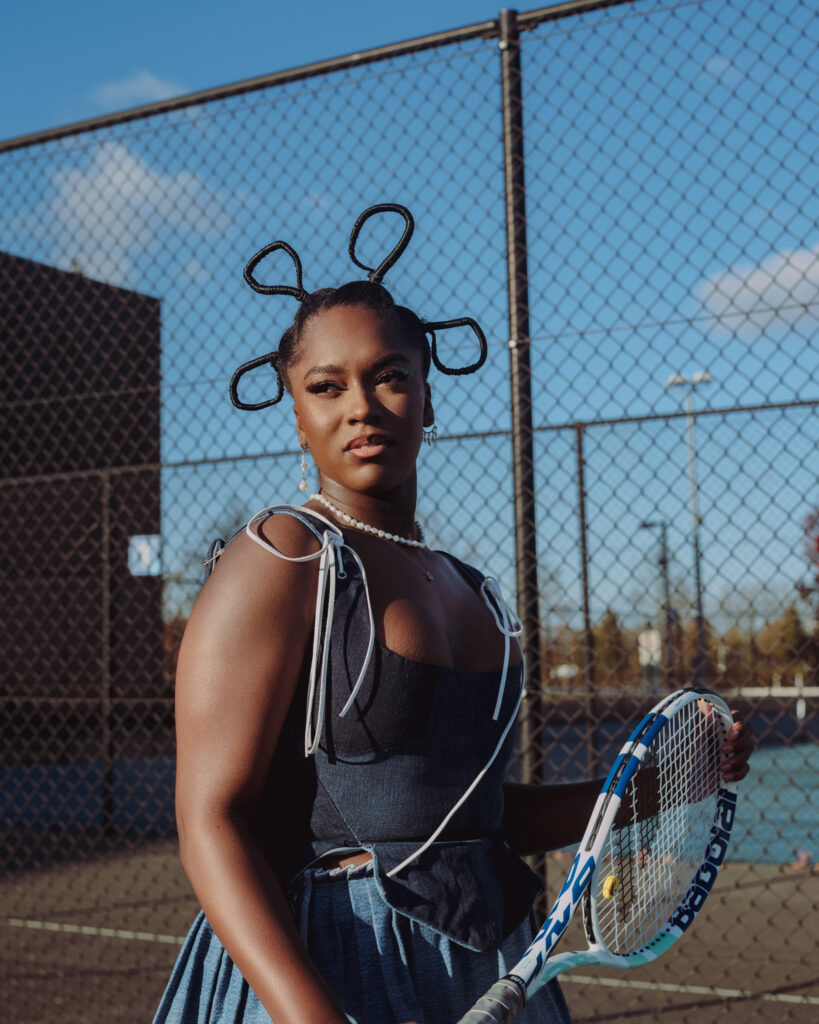
Arum Akom


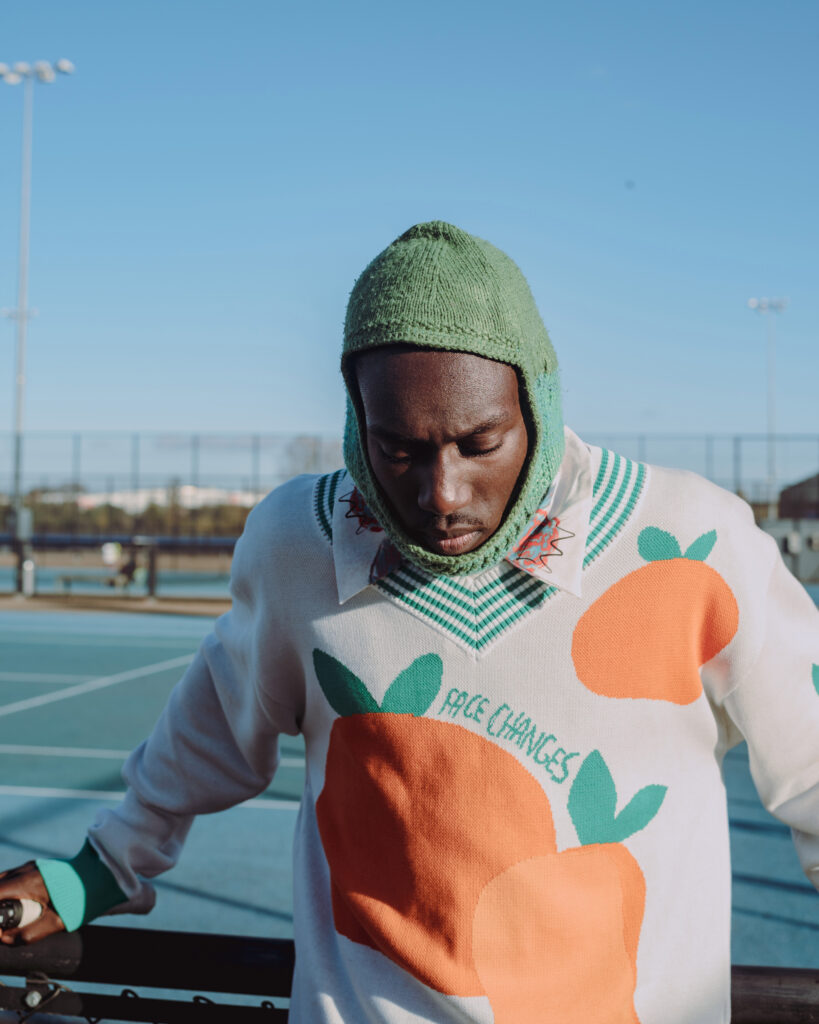
In CAUSING A RACKET, Arum Akom, Maryam Williams and Zainab Williams speak about their experiences as tennis players, highlighting the lack of visibility afforded to Black tennis players due to racism and misogynoir in the sport.
Maryam Williams and Zainab are sisters and tennis players who share the same last name with Venus and Serena Williams. Maryam is Zainab’s younger sister and tells us her sister is her biggest inspiration, and that is what got her into playing tennis, “…we don’t really have that many role models, especially growing up, it was only Venus and Serena that was actually on tour, as well as the British tennis players that were about, there was only one woman, and that was obviously Heather Watson, and even then she was a mixed-race woman.“
When speaking to potential talent for the documentary, they all told me they got into the sport from a young age. For all tennis players except Arum, this was before age six. Tennis player Zainab Williams tell us, “…my dad was heavily into the sport and one day he was on the tennis court with his friends, and I got really bored, I think I was like three years old, I started hitting across the fence, and then my dad was like oh you’ve got like good coordination, maybe we should train you, and from then on that’s how I got into it, I just fell in love with the game afterwards.”
As a result, by their mid-20s, they have been training for over a decade yet are not playing major league tournaments. Why is that?
Arum Akom says, “…sometimes it may feel like other people are working less hard, you know to get the same outcomes, and I felt like I really had to push myself…”.
We hope these three young Black players inspire you with their stories but also open your mind to what’s possible because, despite any obstacles Arum, Maryam and Zainab have faced, all of them agree that tennis is changing.
You can get to know more about Arum, Maryam and Zainab in GUAP mini-dioc CAUSING A RACKET which drops Friday 28th January.

Credits:
Tennis players Arum Akom, Maryam Williams, Zainab Williams
Creative Direction and Photography Terna Jogo
Hair Kreszend Sackey
MUA Tahiyah Ali
Stylist Sulyka Abukar
Assistant Shenell Kennedy
Videographer Sam Adjaye
Discover more from GUAP’s Fashion section here




![ZINO VINCI’S ‘FILTHY & DISGUSTING’EP BRINGS YOU TO THE CORE OF THE ARTIST [@ZinoVinci]](https://guap.co/wp-content/uploads/2023/10/Zino-4.jpg)



